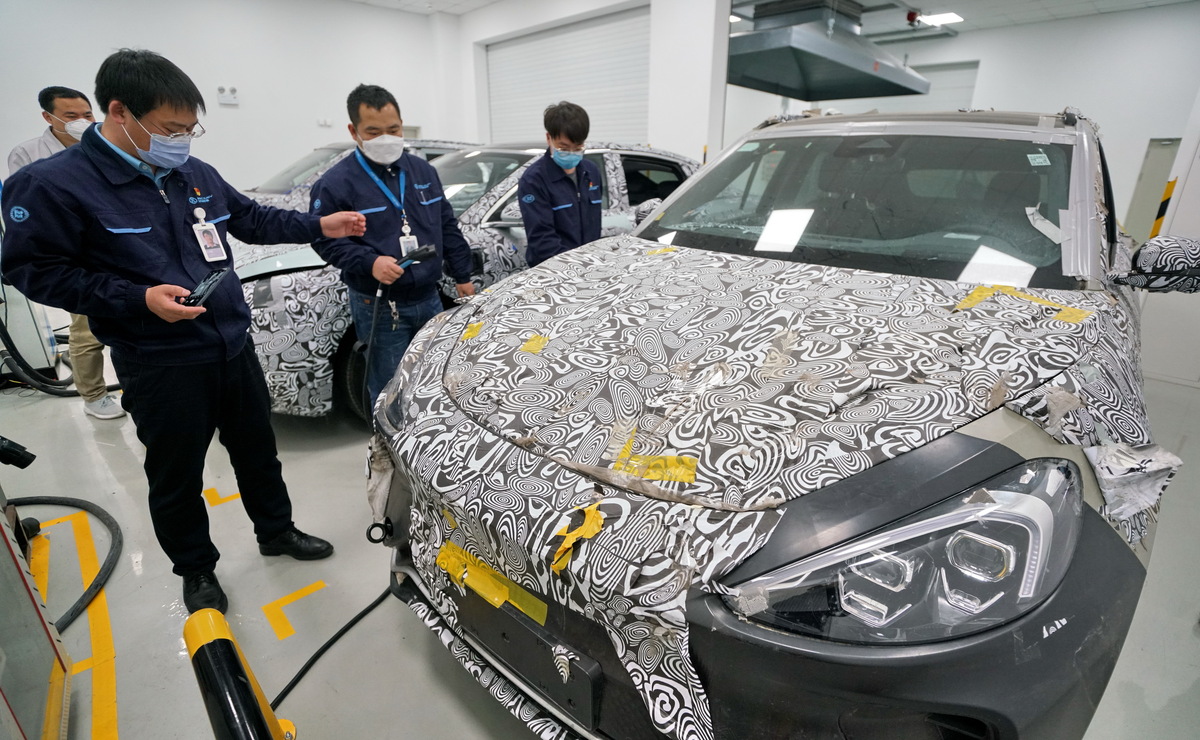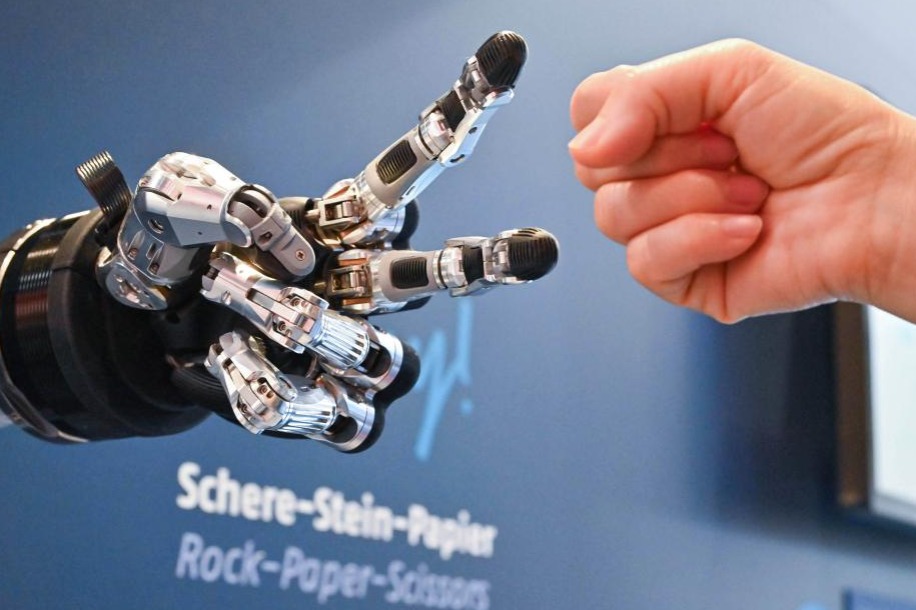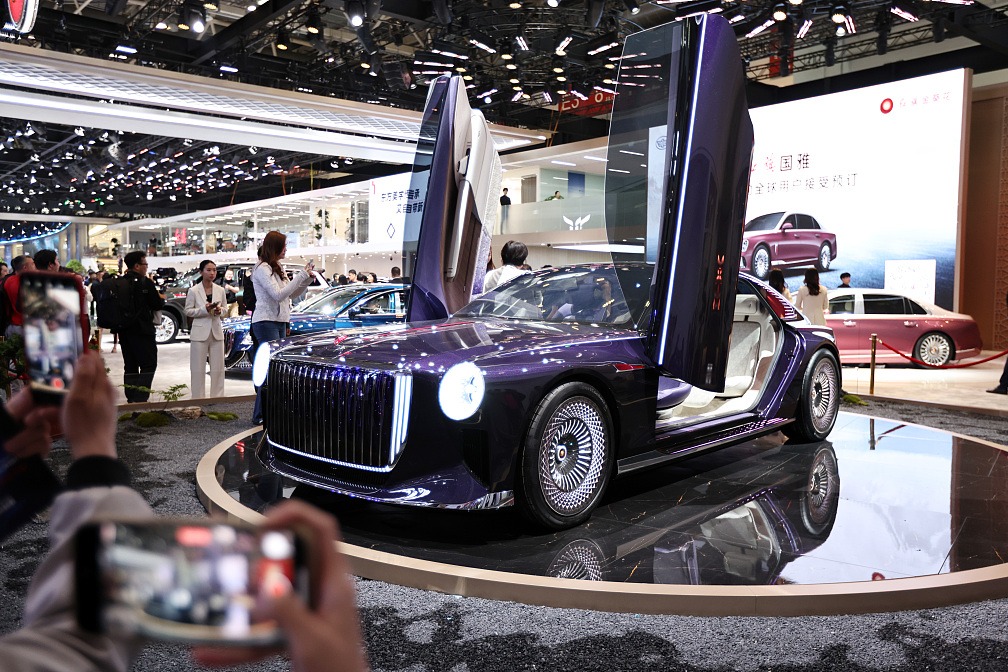'New track, new direction, endless possibilities'
By CHENG YU | China Daily | Updated: 2020-11-30 09:25

According to the China Association of Automobile Manufacturers, in September, NEV sales of 138,000 units were up almost 68 percent year-on-year and exceeded the output of 136,000 units for the month (up 48 percent).
In the first half of 2019, China's sales of new energy passenger vehicles reached 563,000, accounting for about 57 percent of the global market share, which was much higher than the 20 percent of the European Union's, said Ren.
He further said: "However, most of China's NEVs rely on domestic sales. From January to September 2019, none of the bestselling NEV models in the United States, the European Union and Japan were Chinese brands. Besides, some core components are highly dependent on imports.
"But, China has never been so close to the dream of emerging as a powerful automobile nation (in both conventional and new energy vehicle sectors).
"Government efforts (like the development plan) will have a far-reaching impact, especially when a slew of economies, including Europe, Japan and South Korea, are accelerating their efforts in electrification (of vehicles) while the e-cars of US automaker Tesla grabbed the popular imagination in China."
As global competition turned fierce, China listed five strategic tasks in its new development plan: improving technological innovation capacity; building a new type of industrial ecosystem; advancing industrial integration and development; perfecting the infrastructure system; and deepening opening-up and cooperation.
In the long run, purely electric automobiles are set to account for the majority of new cars by 2035, up from around 5 percent of the total now.
In the medium term, NEV sales are expected to account for 20 percent of overall new car sales in China by 2025. It is a new target lower than the 25 percent set in an earlier policy proposal.
Cui Dongshu, secretary-general of the China Passenger Car Association, said, "It is a more stable and scientific (medium-term) goal, following the global slowdown of the automotive industry last year and the COVID-19 pandemic, which sharpened the focus on high-quality development rather than scale development."
China's NEV development plan also set the goal of reducing the average power consumption of new purely electric passenger cars to 12 kilowatt-hours per 100 kilometers.
Cui said this showed the country's determination in developing high-end NEVs. "China no longer uses simple indicators to restrict the overall industry, but gives greater autonomy to carmakers to develop."
Such new thinking could also excite NEV owners and potential e-car buyers such as Shi. For, the ability to charge an e-vehicle quickly, cost-effectively and conveniently is important, but the relevant infrastructure, or its lack thereof, has been a source of some anxiety.
Sun Guangqi, director of the economic construction department of the Ministry of Finance, said that although the country has the largest charging network in the world, a gap exists between supply and demand.
























